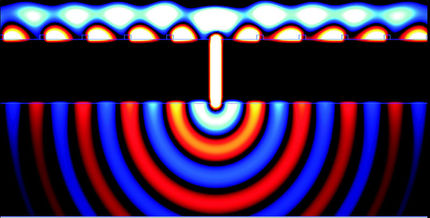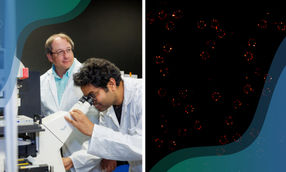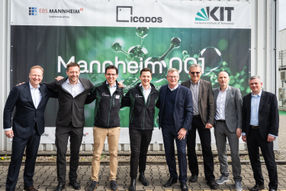A safe route to a needle-free diabetes sensor
Research reports a new metal oxide semi-conductor (MOS)-based breath test for diabetes that can be produced safely and at a low cost, without employing flame spray pyrolysis.
Flame spray pyrolysis is the usual method for making MOS-based sensors, but it can involve unsafe processing procedures such as open flames and temperatures above 1000oC, as well as costly instruments.
Scientists in Canada have developed a new MOS-based sensor by screen printing commercial TiO2 nanopowders. The sensor detects acetone, a biomarker for type 1 diabetes.
The main challenge in the development of breath test sensors for diabetes is detecting parts-per-billion levels of acetone in a complex mixture of breath components, including water vapour. The scientists showed that their TiO2 sensor could detect 1.5ppm acetone – sensitive enough for type 1 diabetes diagnosis – at 90 per cent humidity.
Original publication
Organizations
Other news from the department science

Get the analytics and lab tech industry in your inbox
By submitting this form you agree that LUMITOS AG will send you the newsletter(s) selected above by email. Your data will not be passed on to third parties. Your data will be stored and processed in accordance with our data protection regulations. LUMITOS may contact you by email for the purpose of advertising or market and opinion surveys. You can revoke your consent at any time without giving reasons to LUMITOS AG, Ernst-Augustin-Str. 2, 12489 Berlin, Germany or by e-mail at revoke@lumitos.com with effect for the future. In addition, each email contains a link to unsubscribe from the corresponding newsletter.
Most read news
More news from our other portals
Last viewed contents
Analysis of Carbohydrates in Coffee in 10 mins
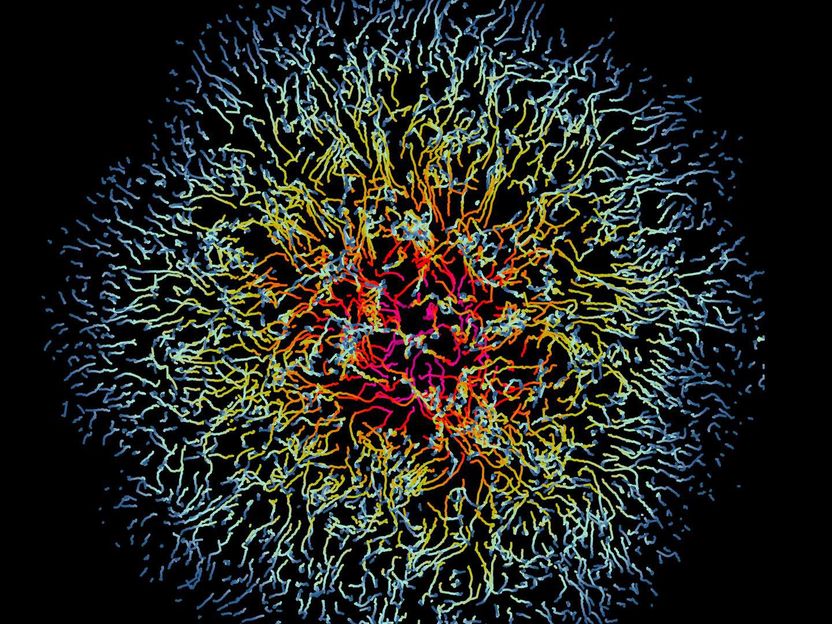
Poxvirus hijacks cell movement to spread infection
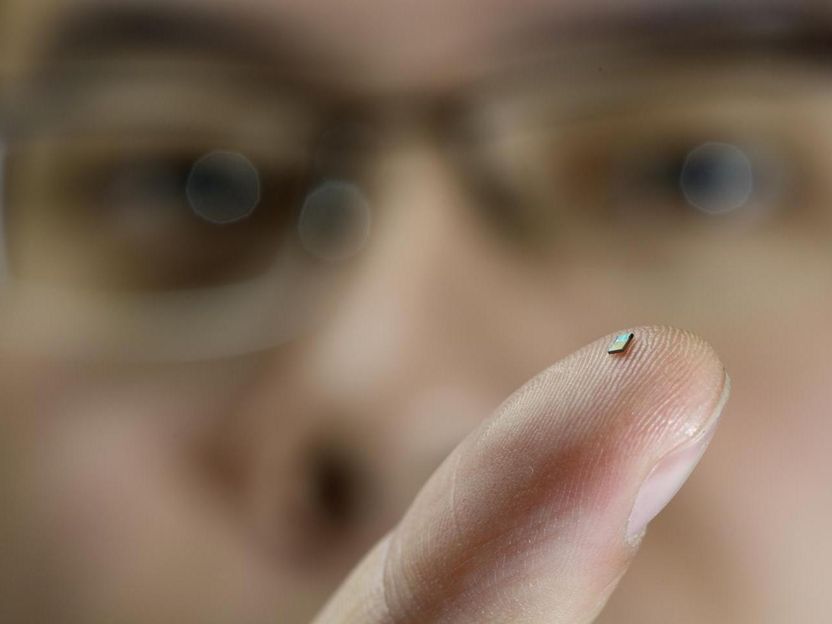
The world's tiniest temperature sensor is powered by radio waves

Sartorius metrology expert Veronika Martens receives OIML Medal - High recognition of her achievements in international metrology
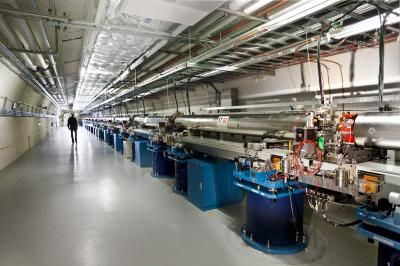
First X-ray laser's early success brings approval for next-phase facility
Can you analyze me now? Cell phones bring spectroscopy to the classroom
PET imaging with special tracer can detect and diagnose early Alzheimer's disease
Eurofins closes acquisition of cosmetic testing lab in France
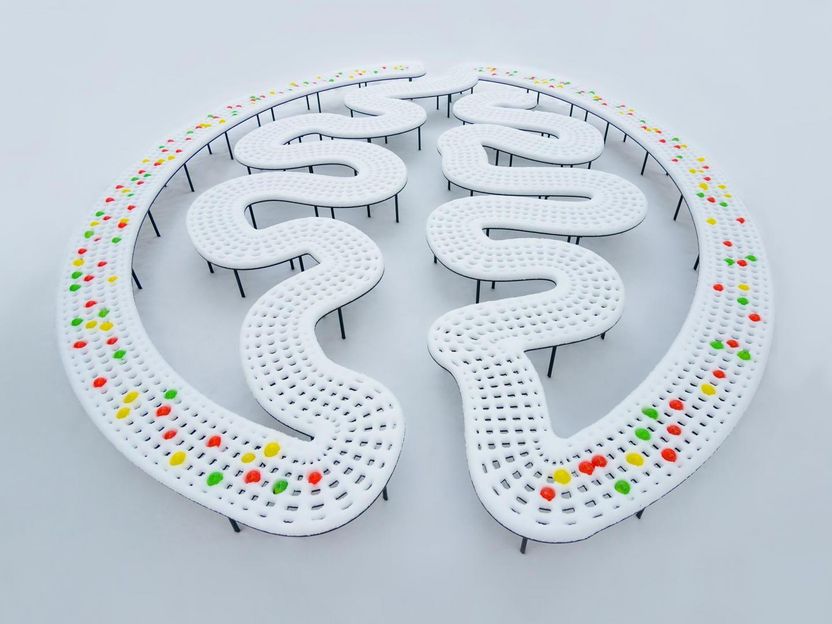
How neurons and glia cells are created in the developing brain
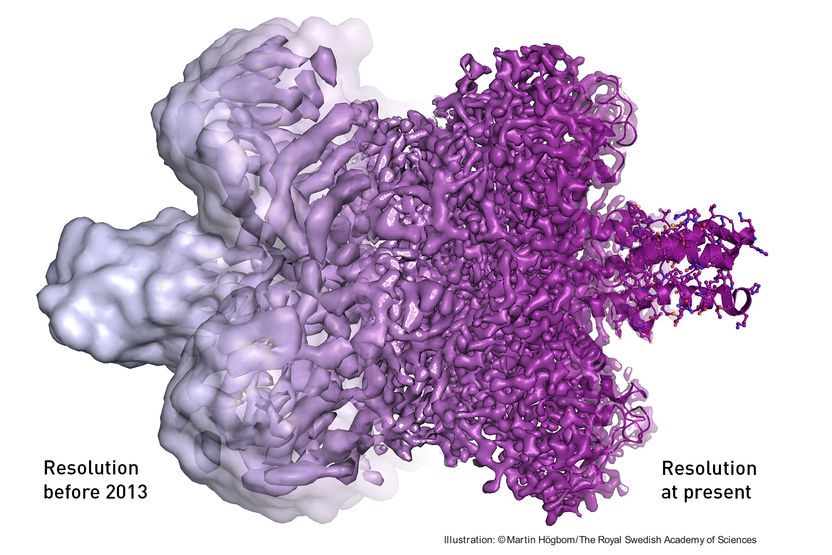
Cool microscope technology revolutionises biochemistry

